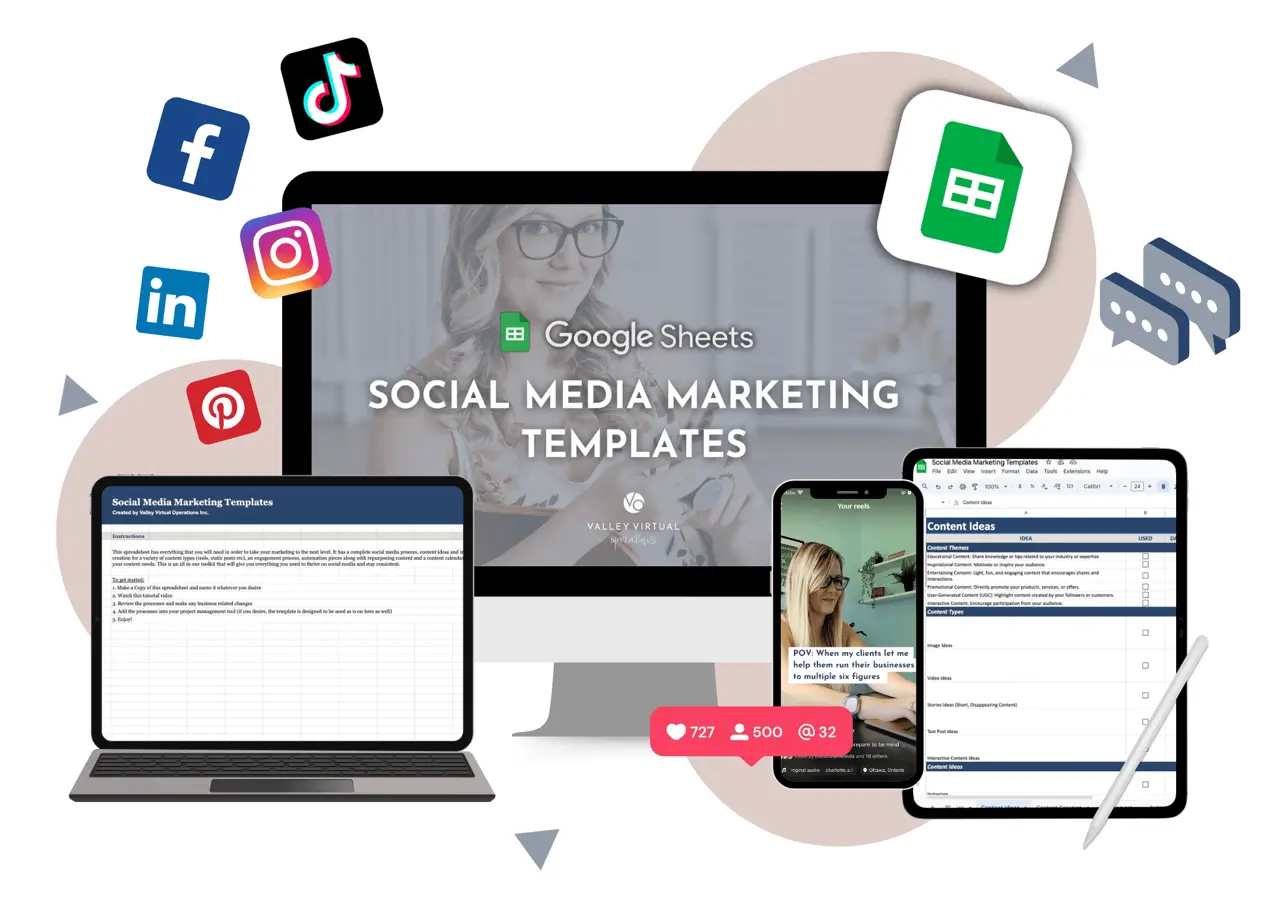It’s no secret that I encourage my clients to automate as many of their systems and processes as they can so their business can run as efficiently and stress-free as possible. However, one question always appears during the conversation: Will it be personalized enough?
Personalization is a huge piece of your customer relationship because if they feel like you see them as an individual instead of a statistic or another sale, they’re more likely to become loyal clients. On the other hand, automation seems cold and robotic, so the fear is natural.
To put your mind at ease, here’s how to combine automation and personalization in your business for a more friendly, efficient system.
Get the Right Software
Your software is a large part of your business, and if your current software doesn’t allow you to customize certain pieces, you need to find one that will.
For example, if you’re using CRM software, see if you can add names to your emails and newsletters and give them a personalized experience without having to write the same email a bunch of times.
Set your Expectations
Your clients want to know how your process works, so why not tell them? Let them know what to expect from you from the very beginning- that way, there are no surprises along the way.
Tell them what to expect from you, how often you’ll contact them, what they’ll get from it, how your process works, and anything else they need to know. They’ll appreciate it.
Use Your Voice (and a Process)
Don’t forget that personalization isn’t just about adding a name here or recognition there. It also involves using your brand and your voice to keep everything consistent.
For example, if a client gets a personalized email from your business, but it sounds wildly different than the rest of your content, there’s a good chance it (and any following emails) will go directly into the trash bin.
To keep that from happening, make sure you use to set up a process for all correspondences.
How are your emails set up? Do your new clients get a welcome video or other personal greeting? How are you using your brand voice?
Trust me, a process will make the personalization a breeze.
Check Your Standard Operating Procedures (SOPs)
Do you know what kind of user experience you’re giving your clients? If not, it may be time to run through your SOPs and evaluate how everything works.
As you’re running through it, take note of the personalized aspects. How many are there? Do they feel natural? Would you (as a client) feel appreciated and supported at the end?
Then, check the non-personalized parts. Can any of them be personalized? Would it be beneficial to do so?
Once you’ve made the changes, run through it again and ensure it sounds like you, not a robot.
Use Personalized Checkpoints
Let’s say that you have your onboarding process completely automated. Now that you don’t have to babysit it 24/7, you have the time to reach out to your clients and offer them the care and support they need.
You can check in with them, send them voice memos, reply to their comments, and build a connection.
Automation gives you that freedom, so there’s always room to bond with your clients and figure out how to cater to their needs.
Hire a Team Member
Finally, if you feel unable to provide the care and support your clients need, hire someone to take over.
There’s no shame in hiring (or assigning) a team member to the job and delegating the work. Remember- the personalization doesn’t have to come from YOU personally.
Unless the client is paying top-dollar for your services or has a platinum membership to your program, there’s no reason to expect the CEO of the business to answer questions and worry about whose name is on the emails. You can easily hand that job to a team member.
Final thoughts
Personalization and automation can go hand-in-hand to give your clients a smooth, individual experience. However, when you’re overwhelmed, overworked, and trying to do everything yourself, there will be times when that personalization falls through the cracks.
But it’s ok.
As long as their problems get solved, or they continue working towards their goal, your clients won’t care who wrote the personalized email, replied to their comment, or responded to their question.
The only thing that matters is if they feel heard and supported. If they have that, they’ll be happy.







